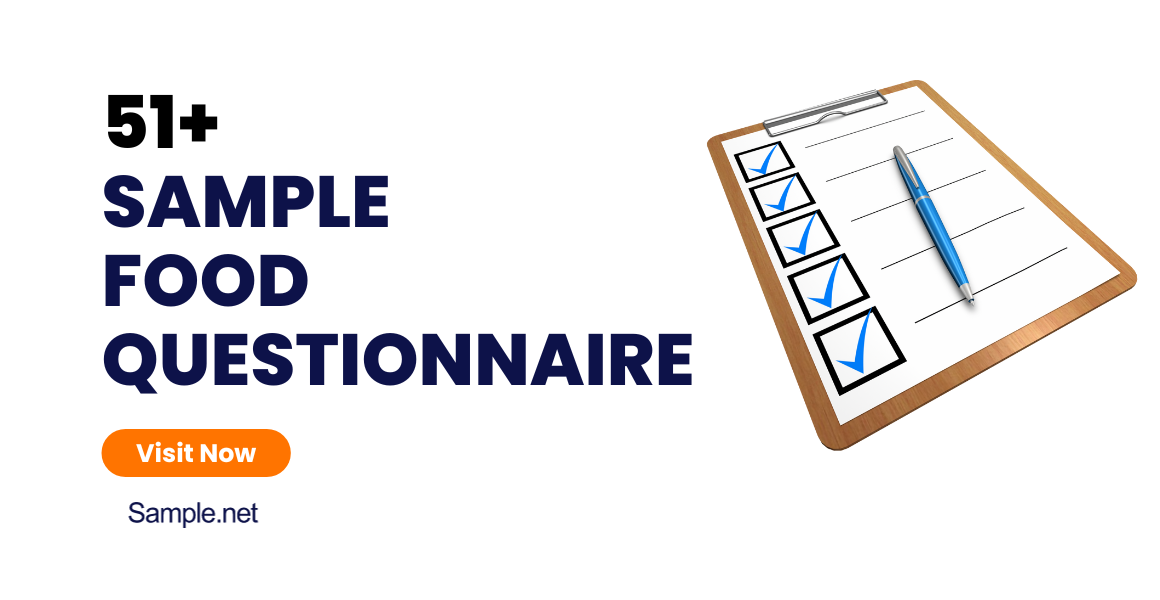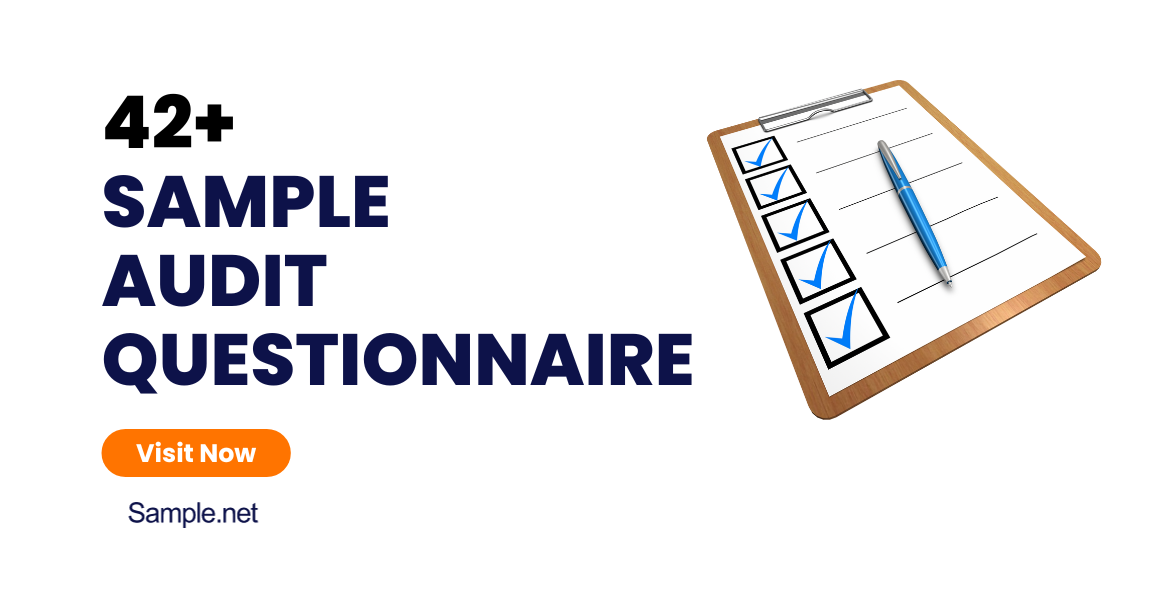A food questionnaire can be used for a lot of purposes by a variety of businesses in the food service, hospitality, catering, and restaurant industry. Developing a food questionnaire is…
continue readingOne handy tool in your marketing arsenal is the sales and marketing questionnaire. So, what is a sales and marketing questionnaire, and how do you make one? In this article, we will be covering sales and marketing questionnaire—its definition, types, samples, role in research. Besides that, we’ll also be discussing how you can make an effective sales and marketing questionnaire that will give you insights into your customers.
19+ Sample Sales and Marketing Questionnaires
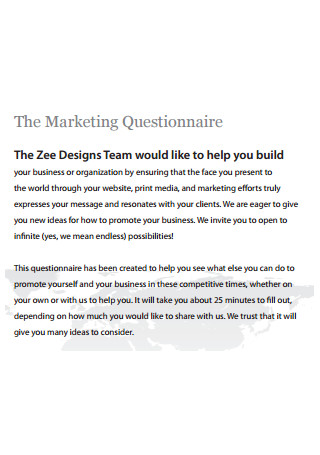
Sample Marketing Questionnaire
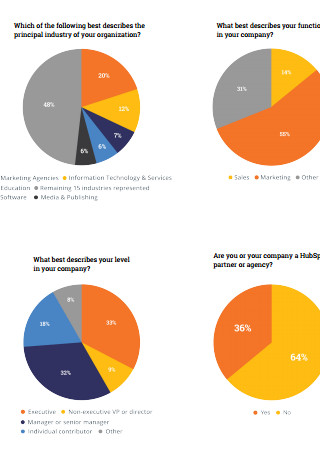
State of Inbound Marketing Questionnaire
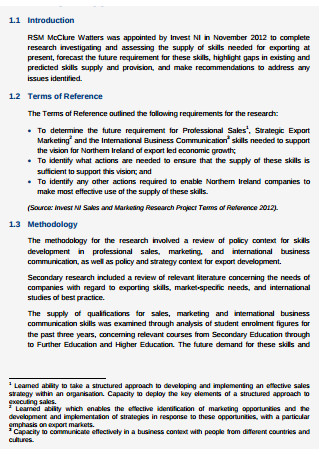
Sales and Marketing Research Project Questionnaire
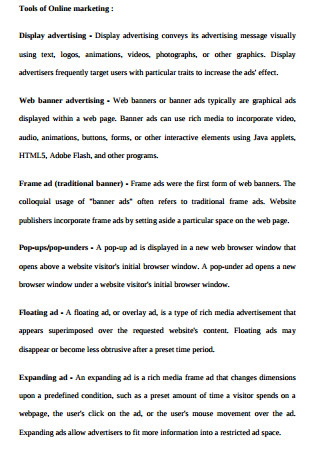
Effectiveness of Online Marketing Questionnaire

Marketing and Sales Big Data Analytics
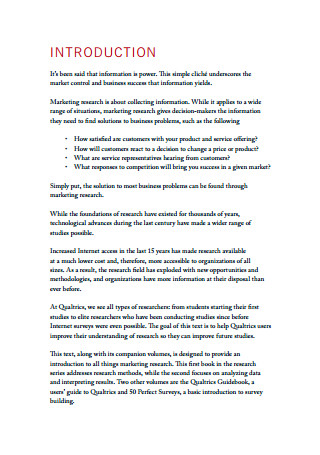
Basic Marketing Research Questionnaire

Importance of Market Research in Implementing Marketing Programs
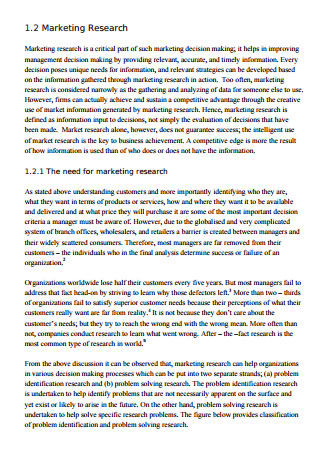
Essentials of Marketing Research
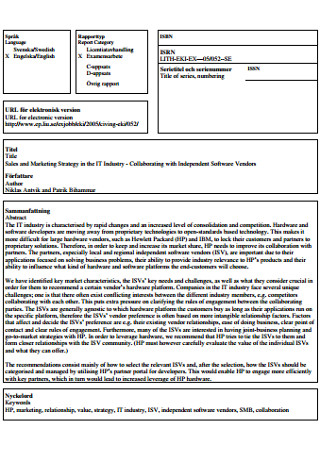
Sales and Marketing Strategy Questionnaire
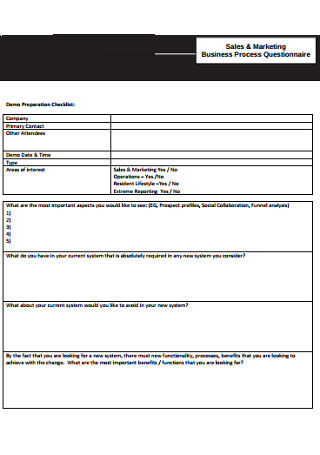
Sales Marketing Business Process Questionnaire
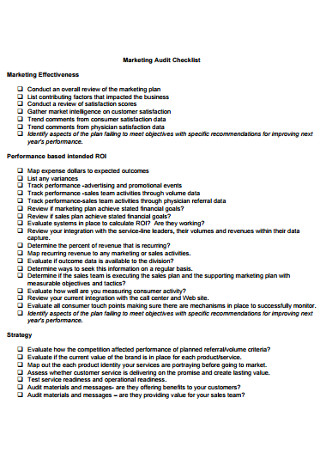
Marketing Audit Checklist
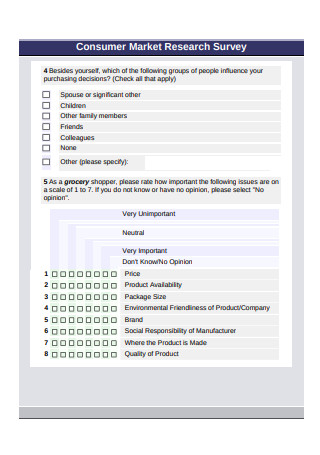
Consumer Market Research Survey
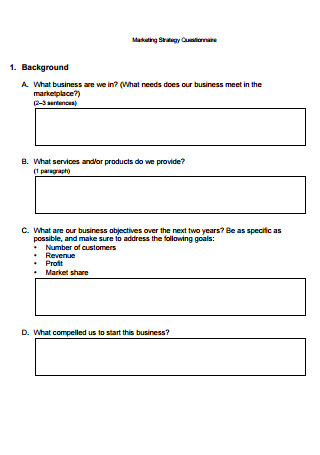
Marketing strategy questionnaire
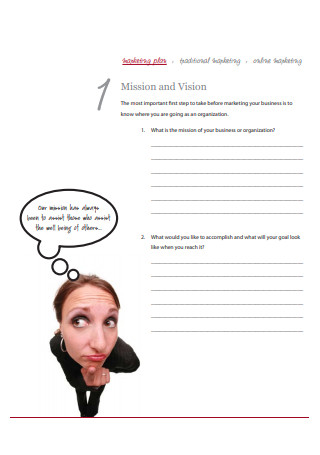
Marketing Questionnaire
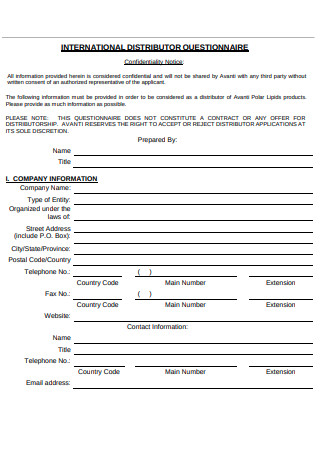
International Distributor Questionnaire
download now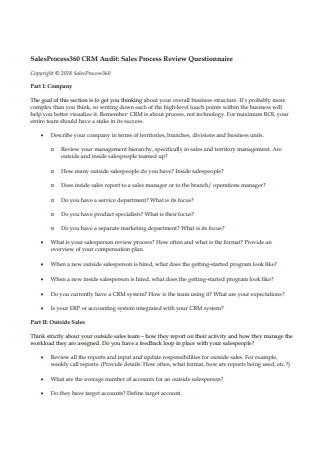
Sales Process Review Questionnaire
download now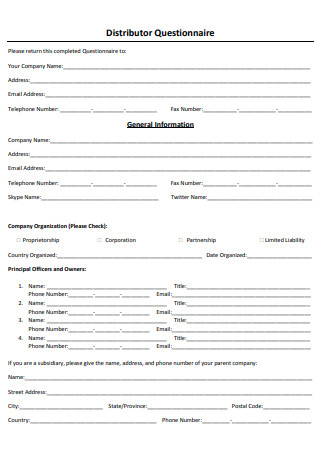
Distributor Questionnaire
download now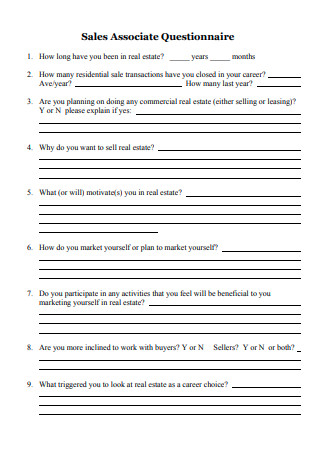
Sales Associate Questionnaire
download now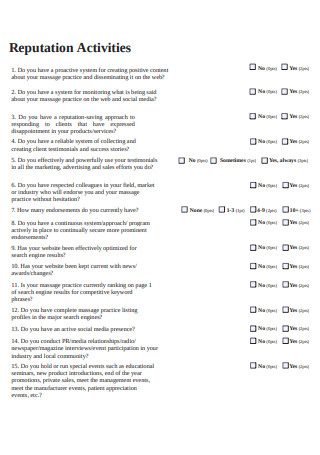
Marketing Audit / Questionnaire
download now
Marketing Questionnaire
download now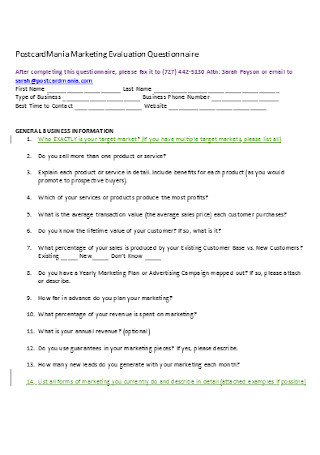
Marketing Evaluation Questionnaire Template
download now
What Is a Sales and Marketing Questionnaire?
A sales and marketing questionnaire is a questionnaire that is used for sales and marketing purposes, concerns, and research. Doing market research is vital to improving your business, especially in acquiring more customers, retaining existing customers, and increasing sales, conversions, and ROI.
A questionnaire is a research tool that you provide your respondents. Through their responses, you can discover more about your target market and the areas that you need to improve on in your business. The most common types of questionnaires are closed-ended, open-ended, rating scale, and Likert scale questionnaires.
Before formulating a research questionnaire, you need to have a clear goal in mind. One of the most important parts of crafting a good sales and marketing questionnaire is having a clear goal in mind. It should be clear to you as the researcher what is the main goal of your research project. If you don’t have a clear goal when you set out to do a project, it will take you longer to accomplish your project.
Always set the goal first and foremost. Whether you are looking to find out something or solve a specific problem, having a clear goal for the entire research project will help you steer the boat in the right direction. Your research goals and objectives serve as the backbone of the process of making the questionnaire. It directs you to a clear path for the conduct of your study.
To give you a more concrete idea, you can start by asking yourself the following questions:
What do you want to achieve with the sales and marketing research questionnaire?
Do you have a concrete plan on how you can outperform your competitors?
Is the sales and marketing questionnaire going to be used to know what products or services do your customers buy?
Is the sales and marketing questionnaire going to be used to know what prompts customers to buy a certain product or service?
Is the sales and marketing questionnaire going to be used to understand your customers better?
Do you want to know what products or services to launch to the market that customers would like to buy?
Is it to better understand why your products or services is not getting traction, or not having enough sales?
Do you want to know how you can improve your product or service or business as a whole to meet your customer’s demands?
Is the sales and marketing questionnaire going to be used to improve your customer’s buying experience?
Do you want to market your products or services effectively so that you can have more leads, customers, conversions, and sales?
Whatever it is that you need answers to, your sales and marketing questionnaire should help achieve the goals or objectives you’ve decided on.
Benefits of Sales and Marketing Questionnaires
We’ve enumerated some of the benefits of a sales and marketing research questionnaire.
Be able to deliver on what your customer wants – Questionnaires can bridge the gap between your product or service, and what your customers want and need. When you know your customers, you will be able to understand what they want or need. You’ll be able to meet the demands of your customers with great products or services that they will love to buy.
Remove the bias – Sometimes what you know about your customers and their wants is not exactly right. With a sales and marketing questionnaire, you’ll be able to get the answers you need straight from the horse’s mouth, figuratively speaking. You’ll be able to uncover what goes through the mind that prompts them to avail of a product or service, without any bias.
Engage your customers – Your sales and marketing questionnaire can serve as one of the means for your sales funnel. By letting your customers answer the questionnaire, you’ll be able to engage at the same time your prospective buyers and existing customers. Customer engagement will also be good for your business as well. With the right questions, you’ll be able to get to know your customers well, ensuring that your product launches and services will be more successful.
To make the process easier, we have handpicked sample sales and marketing questionnaires that can serve as a reference or guide when you’re making the questionnaire.
These sales and marketing questionnaire templates can be instantly downloaded, easily customized, and comes in different formats.
How to Write an Effective Sales and Marketing Questionnaire
Know your Target Respondents – Finding customers is the most complicated task in a business. Therefore, focusing on a specific market can narrow your scope, and allow your business to focus more on your target market. To understand your potential customers, you need to identify a specific market niche that can suit your business. Once you can understand who your target market is, you can generally determine whom to approach for your research. As an effective researcher, you want to get a clearer picture of who your potential customers are. So, your respondents should be your target buyers and existing customers. If you know who your potential customers are, you can then generate a good questionnaire tailored to your target respondents, and that provides the information you need. When the questionnaire is in line with their interests, it would be easier to make them want to fill up the questionnaire.
Empathize with your respondents – Always put yourself in the shoes of your respondents. Think about how they will respond when you ask these questions.
Give clear instructions – It should be clear from the very beginning what you want your respondents to do. Especially for mixed formats, your instructions should say how many options they need to choose for each question, and in general, how to answer each question. Ask yourself what do you want respondents to do after the survey. Have a clear call-to-action for them to click on the link, or visit your physical store.
Decide what data you need to collect – You must know what to ask your respondents, simply because you are not just collecting any data. The data you gather from them is what you essentially need to drive more business growth, generate more sales, and increased conversions. For instance, there is a need for your business to sub-categorize your target customers in understanding their specific qualities, preferences, and accessibility to compare and evaluate each perception about your product or service. To do this, you may want to include demographic questions such as age, ethnicity, occupational status, geographic location, etc. But overdoing your questions, or asking questions to your respondent that isn’t necessary can backfire your research. A bad question can be asking about their complete address for a study on a new waste management system. For you to know what to ask your respondents, you need to focus on certain key aspects of your business, which is also part of your goals. If you have a guide on what you need to collect in the bare minimum, unnecessary questions can be minimized on your questionnaire.
Set a budget and a deadline. Always set a definite budget or deadline to keep you on track.
Test your questionnaire
Before disseminating the sales and marketing questionnaire to your target respondents, it is a good move to test it out first to beta testers, who can ideally be your friends or people who resemble your target customers.
Generate interest and customer engagement
A questionnaire must be engaging for a respondent to answer and complete. Bear in mind, you can’t force your target audience to answer your questionnaire/ So, strive to make it appealing for them to answer. There are reasons why a respondent can be uncooperative to your questionnaire. A respondent can be disinterested as they may find your questionnaire too dull or uninviting. But what makes a questionnaire uninviting or dull. One reason may be how you structure your questions. Is it fit for the type of respondents that you are sending it to? Is it too long or too short that your respondent can miss the essence of the question?
Another reason why a respondent may not be able to answer your survey is that they do not understand or do not know anything about your question. Do not assume that your respondent understands your topic very well. If there is a need for you to ask difficult questions, you can filter your questions first by measuring their familiarity with the topic. You can start with questions that can uncover your respondent’s past experiences about the topic. Then you can already lead your way to the main topic once it is already clear to the respondent. Creating questions that your respondents can relate to encourages them to voluntarily share what they know about the topic. Some questions are too sensitive for a respondent to answer, such as religion, medical history, and political views. So rather than formulating your questions haphazardly, you can phrase it in a logical manner that will encourage them to answer the questionnaire.
Carefully decide what questions to ask. What type of questions you put in your questionnaire is essential to capture your respondent’s attention. Remember, you want your respondents to be engaged with your survey, so be careful about how you structure your question. Depending on the type of research, there are different types of questions, such as open-ended or closed-ended questions, multiple-choice questions, rating scale questions, and Likert Scale. Each of these types of questions varies in terms of format, and the type of responses you get. So, before using these arbitrarily to your questionnaire, you should be able to decipher why they are formulated that way in the first place. You also need to understand the purpose of each type of questions, and the probable outcome for using a particular type of question. Usually, closed-ended questions appear more at the beginning of a questionnaire as it is easy to answer, and less effort for your respondents to think. Closed-ended questions can vary from nominal questions such as gender (male or female), yes or no, multiple-choice questions and checklist questions, to ordinary questions like scale rating, point system, and ranking.
If you need to gather quantitative data, such as rating your current product —- closed-ended questions are the match for it. Usually, closed-ended questions appear more in a questionnaire. But, be mindful of what format you use, so that it will be less confusing to your respondents. Open-ended questions have been very useful in giving your respondents the freedom on what they want to say about your business or product. However, open-ended questions can lead your respondents less interested as it requires more effort to answer. The trick of using open-ended questions is when your closed-ended questions restrict you from getting useful key insights from your respondents. Open-ended questions are typically used at the end of a questionnaire were respondents can share their suggestions or feedback on your service or product. Open-ended questions are not suitable to areas that you need clear-cut answers and therefore you should only use this sparingly in your questionnaire.
Ensure the logical flow of questions
The questions of your sales and marketing questionnaire should logically flow, and connect as a whole. In other words, your questionnaire should have a central purpose that dictates the kind of questions you ask, and the logical flow of the questions.
Proofread your questionnaire
An effective sales and marketing questionnaire is a well written and well-tested questionnaire. Before sending out your questionnaire to your respondents, take time to proof-read everything from spelling and grammar errors.
Another thing that you should look out for in your questionnaire is if there are any double-barreled questions in it. Say for example a question like, “Is the product smooth and silky?” A product can be silky but not smooth. So there is no way a respondent can answer this question without any ambiguity. You can deconstruct this question into two instead.
If you want honest feedback from your respondents, you should avoid leading questions in your survey. A most used example is, “Does this article help you?”. You might think that it is not a leading question, but the word “help” is giving influence to the respondents. Carefully restructure your choice of words and use neutral or passive questions instead.
Last but not least, do a survey test from a small controlled group before distributing your questionnaire live to a large number of respondents. Test survey can lessen the cost from repeat surveys and can pinpoint beforehand any unforeseen drawbacks from your questionnaire. The less error you make in your questionnaire, the more precise and meaningful your data collection is.
Do’s and Don’ts When Making Sales and Marketing Questionnaires
Here are some of the to-dos to keep in mind when you’re making a sales and marketing research questionnaire.
Do write the questions clearly and on point.
Do make the tone neutral.
Do proofread the questionnaire for any grammatical errors and misspelled words.
Do make sure that your questions are easy to understand, regardless of the background.
Do prepare and plan for your overall project goals.
Do design your questionnaire appropriately.
Do decide the mode of dissemination to your target respondents.
Do use resources that will help you write an effective marketing questionnaire.
Do be professional and be ethical.
Do practice discretion, and effectively frame questions in the questionnaire.
Do have a clear goal in mind for your sales and marketing questionnaire.
Do tell customers the benefits of answering the questionnaire, and positively encourage them to answer the questionnaire.
Meanwhile, here are some of the things you shouldn’t do when making a sales and marketing questionnaire.
Don’t ask questions that have a hint of prejudice against any color, race, gender, religion, or ethnic minority.
Don’t mix two questions in one. Ask one thing at a time.
Don’t ask leading questions.
Don’t ask questions that are vague and confusing.
Don’t use double-barreled questions.
Don’t use jargon that some people would not be able to understand.

